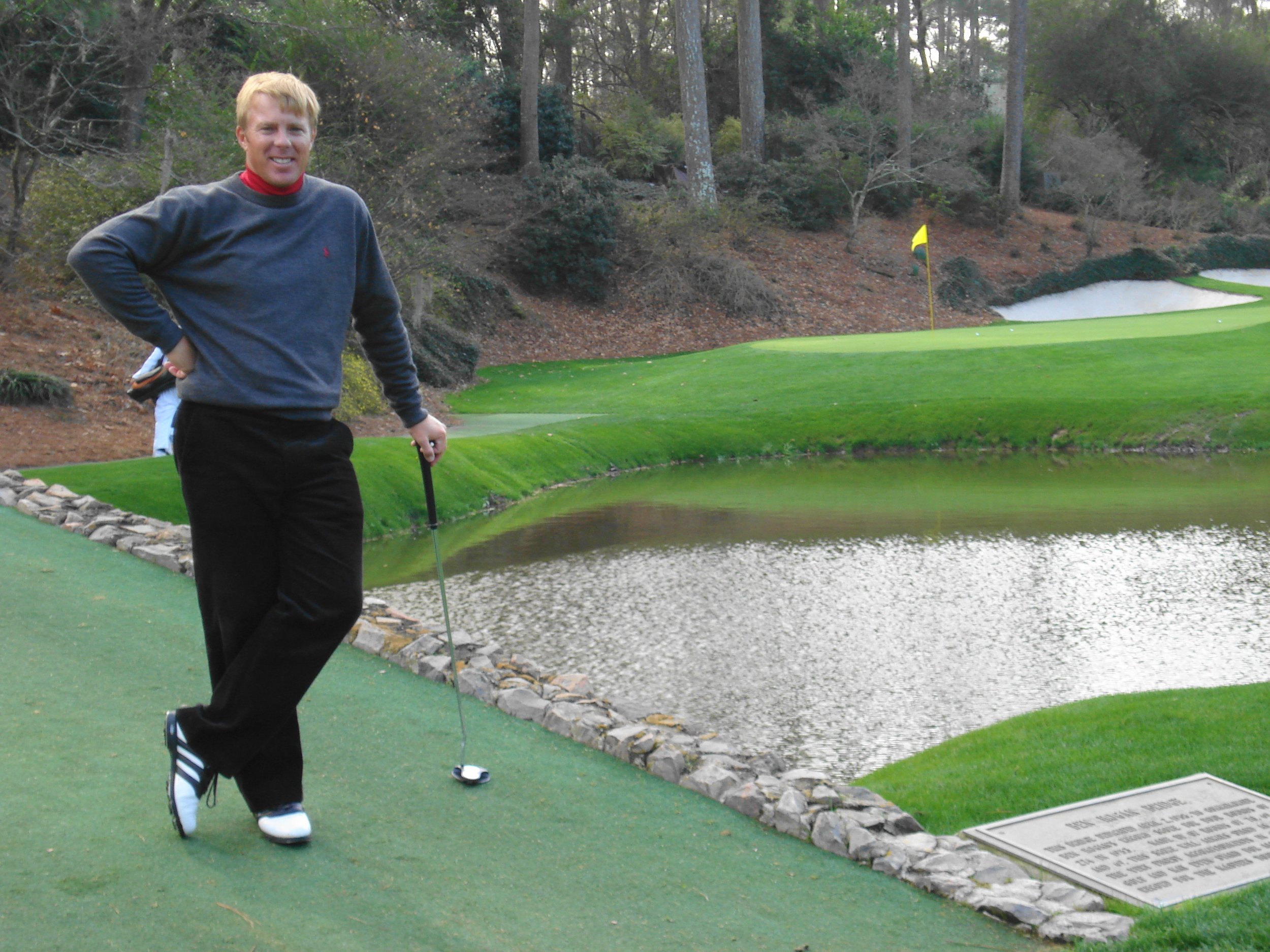Saving Strokes with Science
/With so many limits and restrictions being placed on golf club manufacturers these days it's amazing to see what really smart people can do, within the legal lines, to help us save strokes. This is a prime example from the engineers at Ping. Watch...
What the people at Ping found was that the depth of the grooves on the face of a putter played a tangible role in determining ball speed and thus how far the ball travelled off the face. They also knew that off-center strikes tended to travel shorter, so they used the groove depth to actually help maintain the intended ball speeds on off-center strikes.
All of the six balls pictured above were struck with a putting robot and the exact same stroke. The three circled/striped balls were hit with a variable depth grooved putter, with one being hit out the center, another 0.75" out the heel and the other 0.75" out the toe. The three non-circled balls were struck in the same fashion, but they did not have the advantage of the variable depth grooves. Notice the massive difference in dispersion!
We all hit off-center putts. We all despise three putts. The answer seems pretty simple to me! Please know, this is not a sales pitch for Ping putters, but before you go out and buy your next golf club learn about the science behind the design.
Thanks for reading.










